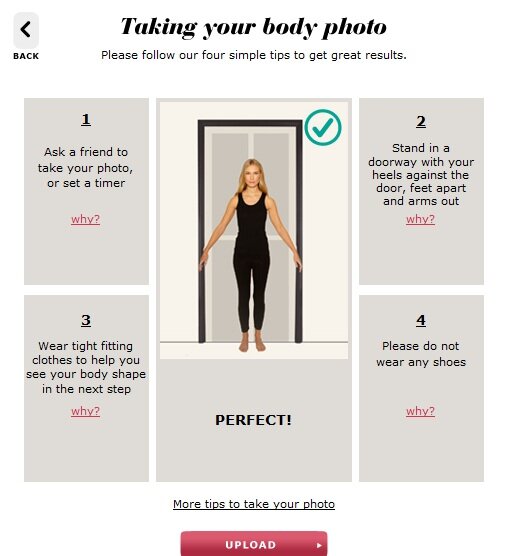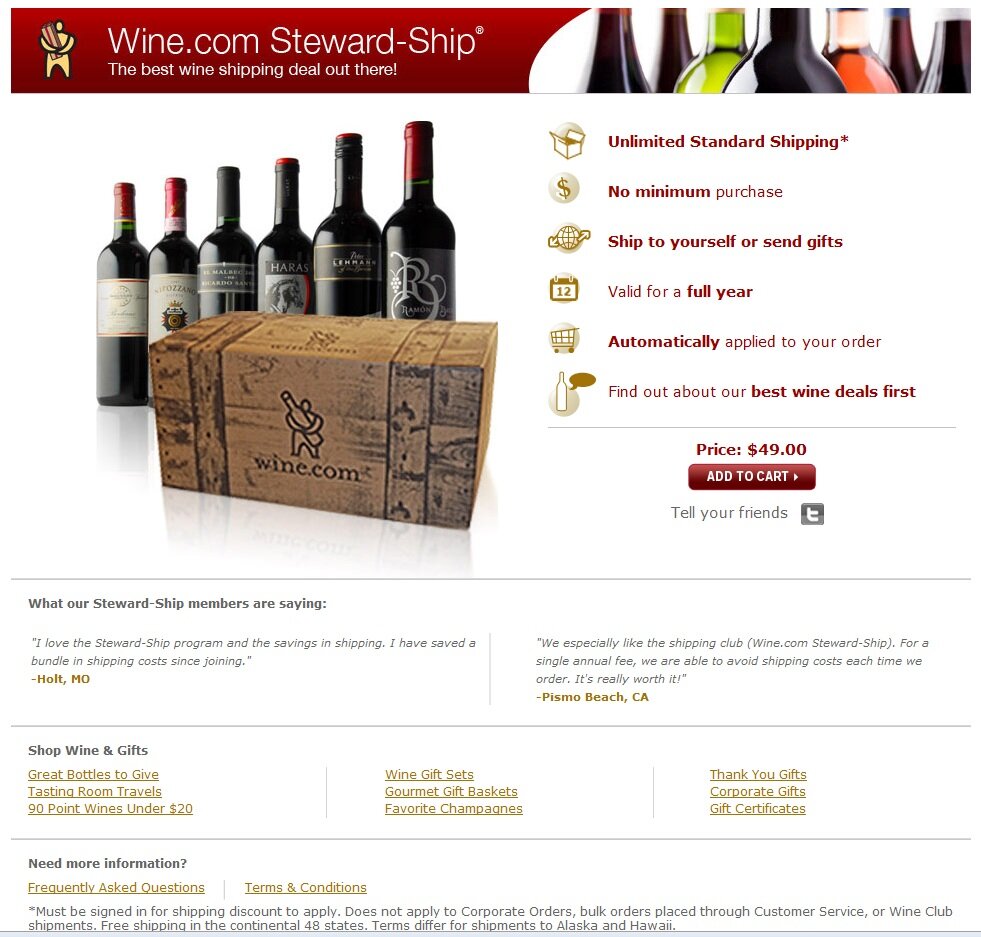How to help apparel shoppers find the perfect fit
April 25, 2012 Leave a Comment
Online apparel sales are poised to grow by leaps and bounds in 2012, with research firm eMarketer predicting revenues of $41 billion, or one-fifth of all U.S. eCommerce sales. But apparel merchants face a persistent sales hurdle: helping shoppers find the right fit without being able to physically try on items before purchase. The problem isn’t trivial: a recent Wall Street Journal article reported that between 20 and 40% of all apparel orders are returned, with poor fit being the top reason.
With those returns biting into profit margins, merchants have a huge incentive to help shoppers select the right items the first time around. And that means going beyond traditional fit charts, which list sizes and dimensions in inches in a static grid. Using a tape measure to get the right fit — and measuring in just the right place — is too onerous for most buyers, many of whom are shopping online in the first place because they expect the process to be quick and convenient.
There are plenty of ways to guide shoppers to a perfect fit, ranging from simple solutions to elaborate technologies. Depending on your budget and your target audience, consider these fit solutions:
Develop an at-a-glance system. Go beyond the numbers and develop a system appropriate for your merchandise that conveys key fit information — whether garments are meant to be loose-fitting or tight or whether watches are rugged or delicate, for example. Display these icons prominently on the product page, along with a link to an explanation of the system. MarketLive merchant Peruvian Connection employs a fit guide for its hand-crafted sweaters to let shoppers know whether selections are drapey or snug.

Save the numbers. If you ask shoppers to supply their dimensions, save the information to their profile for future reference — a time-saving feature shoppers will appreciate — and use the data to present products that are most likely to fit, whether on the eCommerce site or in targeted email or mobile offers. Retailer DestinationXL asks shoppers to select five size criteria for apparel and shoes, then uses the information to display only those items that are available in the selected sizes. Shoppers can turn off the feature and modify their information, and opt to save it for a single session or as part of a permanent profile.

Synch sizes across brands. If shoppers know their size in a particular brand, you can use that information to help match them to other garments. You can make this process as simple as creating an equivalency chart for shoppers to consult, or you can employ a matching technology such as TrueFit, which asks shoppers to create a profile based on a sampling of brands that fit well, plus information about body type. The portable profile lets shoppers visiting the sites of participating merchants view which items are likely to fit them well, as at the Macys.com denim shop for women.

Personalize with photos. Let shoppers upload their own images to help them select flattering products. Again, tools can be fancy or simple, depending on your budget and how likely your audience is to spend time customizing their avatar. For example, LensCrafters offers a simple photo upload tool that lets shoppers determine their face shape, with guidelines for what glasses styles will fit each category. It’s a simple and quick process that adds a touch of personalization to the fit guide.

By contrast, U.K. retailer Tesco’s Facebook fitting room app asks shoppers to upload both face and body shots, and then to pinpoint features such as the top of the inseam, to create a full-body avatar than can be rotated 360 degrees for viewing how garments might fit.

Go for the intangibles. You can also help guide shoppers to the right products by going beyond dimensions to pinpoint general styles that are likely to be most flattering. Plus-size retailer Lane Bryant’s FashionGenius tool uses a questionnaire to identify which fit challenges shoppers face, and asks them to rate a sampling of individual items, before displaying likely matches.


What tools and features do you use to guide your customers to the right fit?










Connect with us: